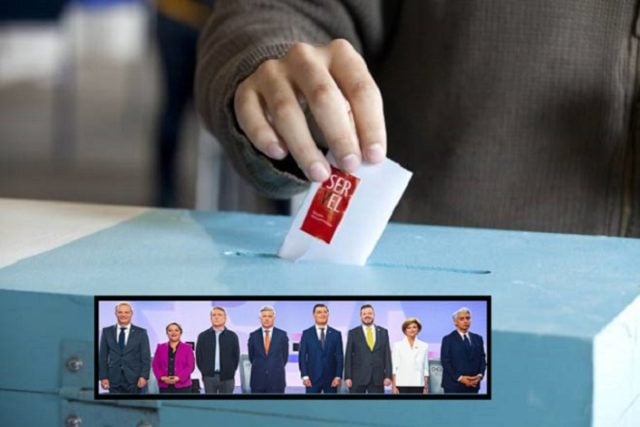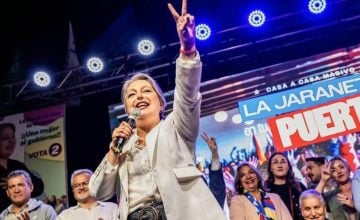Original article: Lo que dejaron las encuestas presidenciales: Analista constata que los indecisos «no se redujeron como se esperaba»
Analysis of Poll Consolidation: Undecided Voters at 10% Surprise and Heighten Tension Ahead of Presidential Elections
A recent aggregate of presidential polls conducted by sociologist Marcos Valdés Castillo, a graduate of the ARCIS University and a Master’s holder in Urban Development from the Pontifical Catholic University, highlights a reshaping of the electoral landscape as we approach the 2025 presidential election. This scenario is characterized by a general decline among the leading candidates and a pivotal, stagnant group of undecided voters who have yet to align with any particular campaign.
Valdés states, «The first observable fact is that the leading candidates (Jara/Kast) would advance to a runoff.» Candidate Camila Jara maintains the lead with 26.2%, although her support has consistently declined since June, when she reached 31%. In contrast, José Antonio Kast, who was at 25.5% in September, has plummeted to 19.4% in October, marking the most significant drop of the series with a decrease of 6.1 percentage points in just one month.
Evelyn Matthei, despite a slight bounce in September, has once again fallen, landing at 12.6% in October, remaining in third place. A notable development is the rise of deputy Johannes Kaiser, who has climbed from 9% in September to 13% in October, «drawing support at Kast’s expense,» as indicated by the analysis. Meanwhile, Franco Parisi has dropped to 9%, and Marco Enríquez-Ominami holds steady at 2%.
Among those with less than 5%, former candidate Harold Mayne-Nicholls «lost momentum but still remains the best positioned among the lowest performers,» Valdés notes.
However, the report emphasizes a critical point: the group of undecided voters (NS/NC) remains stable at around 10% since June. “This group did not diminish as expected,” says the researcher, who adds that “no polling organization has developed models capable of understanding this gray area.”
The sociologist highlights that this segment is particularly significant as they are «mandated to vote by law,» making it «the group that will ultimately sway the election one way or another.»
Regarding the question, “If the next presidential election were this Sunday, whom would you vote for?” the median voting distributions collected over five months reveal the following shifts:
See the chart prepared by Marcos Valdés:
The study, dated November 2, 2025, and sent by Valdés via email [email protected], emphasizes that the electoral landscape remains deeply contested and that uncertainty will persist unless the undecided voters are understood and mobilized, “the true X factor of this election.”
View the full publication – PDF format












